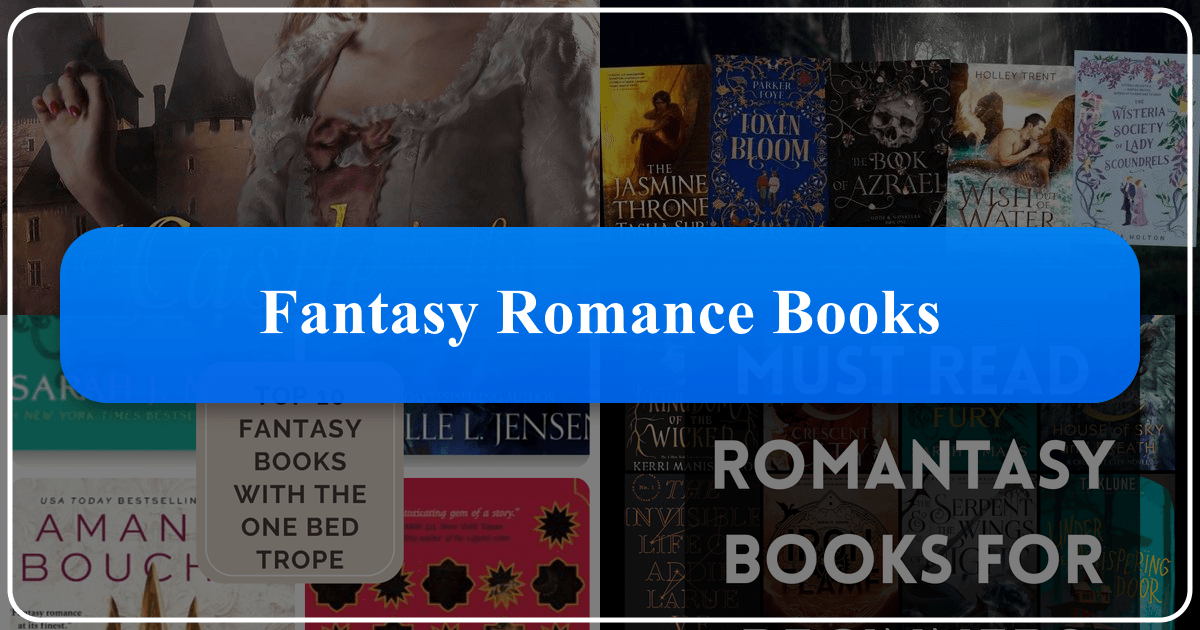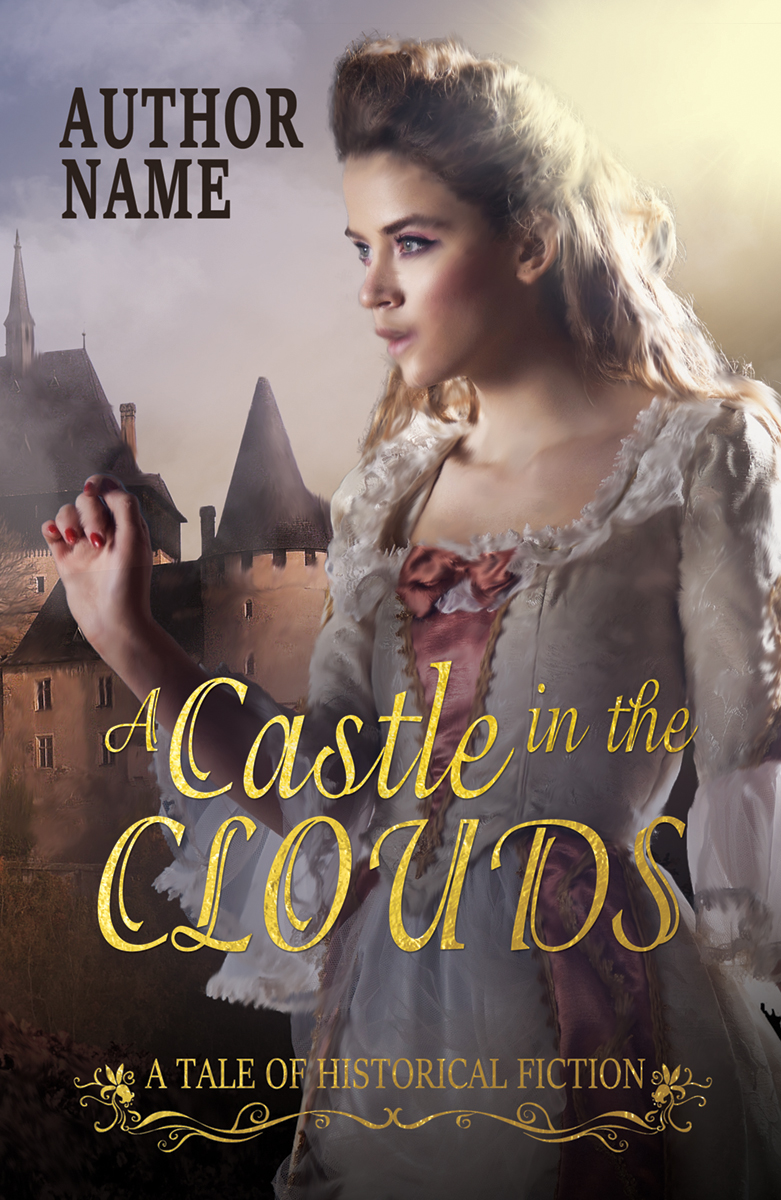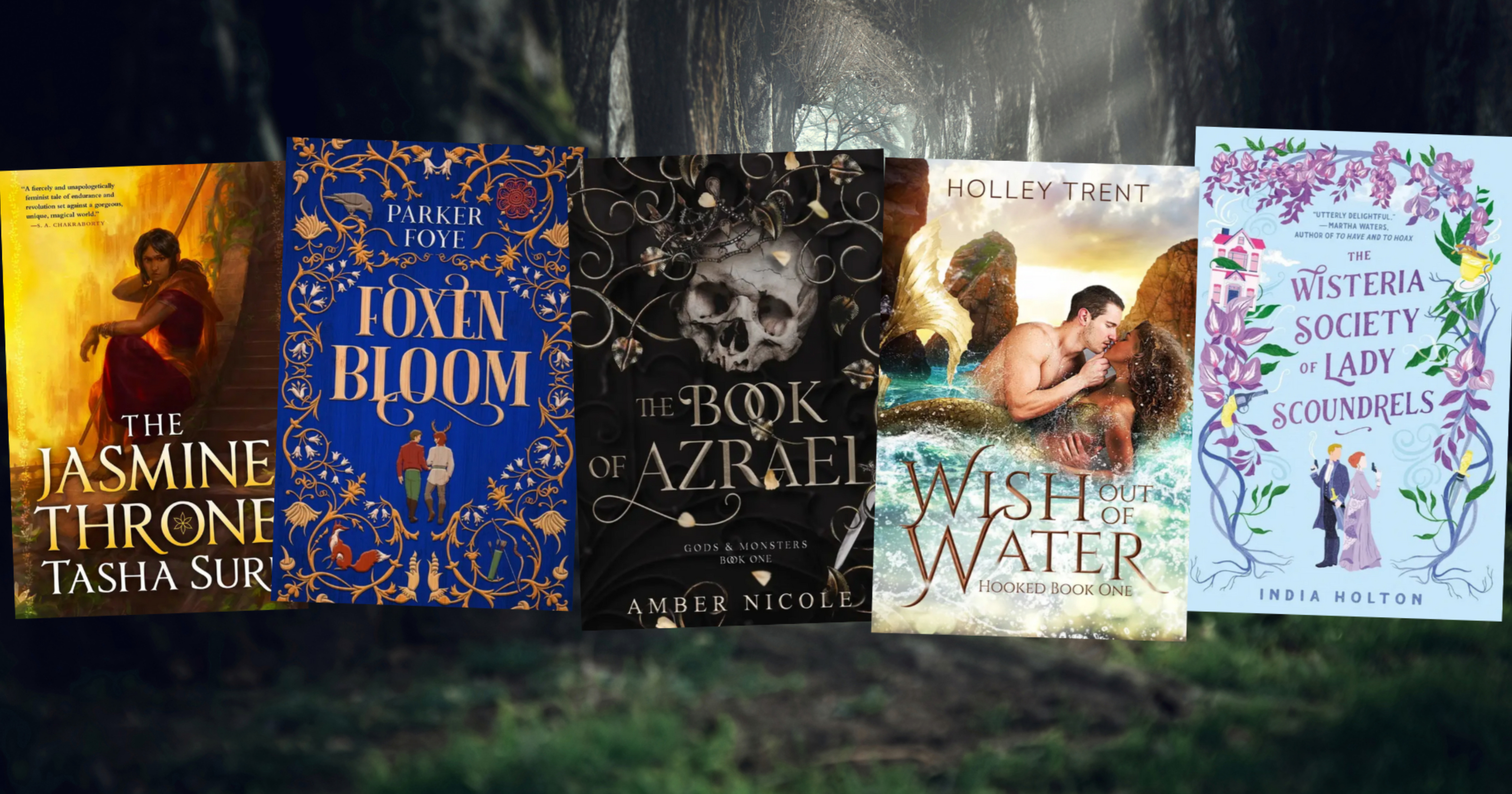Fantasy Romance Books: A Deep Dive into the Genre

Fantasy romance books offer a captivating blend of magical worlds and compelling love stories, creating a subgenre that has rapidly gained popularity. This exploration delves into the multifaceted nature of fantasy romance, examining its characteristics, common tropes, cover design trends, and the cultural impact it has made. We’ll also explore the various types of fantasy romance, from young adult to new adult and spicy romances. Finally, we will touch upon resources for aspiring authors who wish to create their own fantasy romance novels.

Defining Fantasy Romance: A Spectrum of Subgenres
The term “fantasy romance” itself encompasses a wide range of narratives. While sometimes used interchangeably with paranormal romance, the focus here is on high fantasy and historical fantasy subgenres. Many fantasy romance books blend fantasy elements with historical romance settings, often mirroring Regency or Victorian eras, creating a “Gaslamp fantasy” aesthetic. This subgenre combines the romantic tropes of historical fiction with the magic and wonder of fantasy.
The core appeal of fantasy romance lies in its ability to satisfy the desires of romance readers while also providing the adventure and world-building that fantasy fans crave. Readers are not only presented with a captivating love story but are also immersed in a richly imagined world full of magic, adventure, and intriguing characters. The best fantasy romance books seamlessly intertwine the romantic plot with the wider fantasy narrative, making both elements integral to the overall story.
Several factors influence the specific subgenre a fantasy romance novel falls under. These include:
- Target Audience: Young Adult (YA) fantasy romances often differ significantly from New Adult (NA) or Adult fantasy romances in their themes, maturity level, and explicit content.
- Heat Level: The intensity of the romantic relationships is a key differentiator. Sweet, low-heat romances will have different cover styles and narratives than high-heat, steamy novels. Some books might include explicit sexual content (often denoted as “spicy” fantasy romance), while others maintain a more subtle approach. This significantly impacts character portrayal, plot structure, and cover art.
- Setting: The specific fantasy setting, whether high fantasy, historical fantasy (including gaslamp fantasy), or urban fantasy, greatly shapes the narrative and atmosphere.
Exploring Tropes in Fantasy Romance Novels
Fantasy romance frequently utilizes established tropes from both the fantasy and romance genres. Some of the most popular include:
Common Romance Tropes:
- Enemies-to-Lovers: This classic trope features two characters who initially dislike or even actively oppose each other, but gradually develop a romantic connection as they overcome challenges together. The conflict between their initial animosity and burgeoning attraction creates a significant source of tension and excitement.
- Marriage of Convenience: This trope often sets the stage for a slow-burn romance, beginning with a union based on necessity or political maneuvering, which eventually blossoms into genuine affection. The transformation from a transactional relationship to a passionate love affair is a recurring theme.
- Hidden Identity: This element adds mystery and intrigue, as a character conceals their true nature or heritage, revealing it gradually as the story unfolds. The gradual revelation of this secret identity keeps readers engaged and enhances the character’s growth and emotional journey.
- Second Chance Romance: This trope offers the chance to explore a rekindled connection between characters who have been separated or whose relationship has faced significant obstacles. It introduces the opportunity to portray emotional depth and personal growth.
- Bully Romance: In this intense trope, one character initially dominates or torments another, which slowly transforms into a romantic relationship. This trope often delves into complex themes of power dynamics, dominance, and submission.
- Reverse Harem: A rarer trope, but common in the “spicy” fantasy romance subgenre, this features a central female character with multiple romantic interests.
Common Fantasy Tropes:
- Chosen One: This well-known trope casts the protagonist as someone destined to fulfill a particular prophecy or save the world. The Chosen One often possesses unique abilities or is connected to powerful magic.
- Secret Royalty: This exciting trope typically involves a character unaware of their royal heritage until it is revealed, leading to adventure and intrigue. The protagonist must adapt to their new identity and deal with the challenges of ruling a kingdom or navigating royal court politics.
- Hidden Powers: The protagonist initially lacks awareness of their latent magical capabilities, discovering them throughout the story, often through challenging circumstances. This trope creates room for character growth and exploration of the protagonist’s potential.
- Monster Romance: This trope frequently pairs humans with fantastical creatures, exploring romance between individuals from different worlds or species. Examples include relationships between humans and dragons, werewolves, or other mythical beings.
- Curse or Prophecy: A curse or prophecy is a pivotal element, impacting the plot and relationship dynamics. The characters must overcome the curse or alter the prophecy, potentially altering their fate and influencing their interactions.
- Magical Warfare: This creates a setting of high stakes where magic is used in combat and political struggle. Romantic relationships are often tested by the dangers and stresses of conflict.
Fantasy Romance Book Cover Design: Visualizing the Genre
Book covers play a crucial role in attracting readers, and those for fantasy romance novels employ visual cues to signal the genre. While some covers prioritize typography and symbolic imagery, the majority, particularly within the high fantasy subgenre, focus on character depictions.
Cover art design trends often align with the book’s heat level and setting:
- Sweet, Low-Heat Romances: Frequently feature a solo female character, often in a long dress, resembling the aesthetic of fairy tale retellings.
- Medium-Heat/Slow-Burn Romances: Usually depict a couple, either embracing romantically or engaging in a “battle couple” pose. Solo female characters can also be featured, but with less emphasis on overtly sensual poses.
- High-Heat Monogamous Romances: Typically show a couple in an embrace, conveying a sense of intimacy and passion.
- High-Heat Reverse Harem/Menage: May depict a woman with multiple love interests or a single woman with more revealing clothing than typically seen in sweeter romances.
The costuming and overall aesthetic of fantasy romance covers borrow heavily from both high fantasy and historical romance traditions. Gaslamp fantasy romance covers, for instance, often mimic the style of historical romance covers, with the addition of magical elements subtly integrated into the scene. The use of flowing fabrics, dramatic poses, and richly detailed backgrounds contributes to creating an alluring and captivating visual representation.
The inclusion of a shirtless male chest is more common in paranormal romance covers but can also be used in high-fantasy romance to convey high heat levels.
Cultural Impact and the Future of Fantasy Romance
Fantasy romance has achieved significant success, dominating bestseller lists and fostering a vast and active fandom, including extensive fan fiction communities. This points to a growing market of readers who seek narratives that combine the escape and wonder of fantasy with the emotional intimacy of romance. The genre’s continued growth and adaptation indicate a significant cultural impact.

The genre’s appeal extends across various platforms and mediums, with increasing opportunities for adaptations into film, television, and video games. The future looks bright for fantasy romance novels, with a robust reader base and a potential for increased representation of diverse characters and stories.
Resources for Aspiring Fantasy Romance Authors
For those seeking to write their own fantasy romance novels, resources such as Lbibinders.org provide writing tips, editing services, book cover design assistance, and marketing advice. These resources can aid authors throughout their journey, from crafting compelling narratives and captivating characters to creating stunning cover art and effective marketing strategies. Lbibinders.org is a valuable tool for both beginning and established authors aiming to make their mark in the burgeoning fantasy romance market.

This comprehensive overview provides a thorough understanding of the fantasy romance genre, highlighting its diverse aspects, common elements, visual representation, and future potential. Aspiring authors and readers alike can use this information to appreciate and contribute to the richness and dynamism of this thriving literary subgenre.